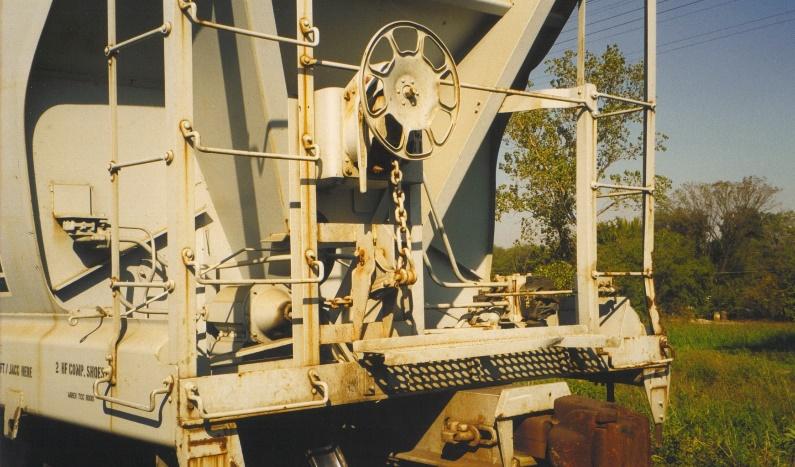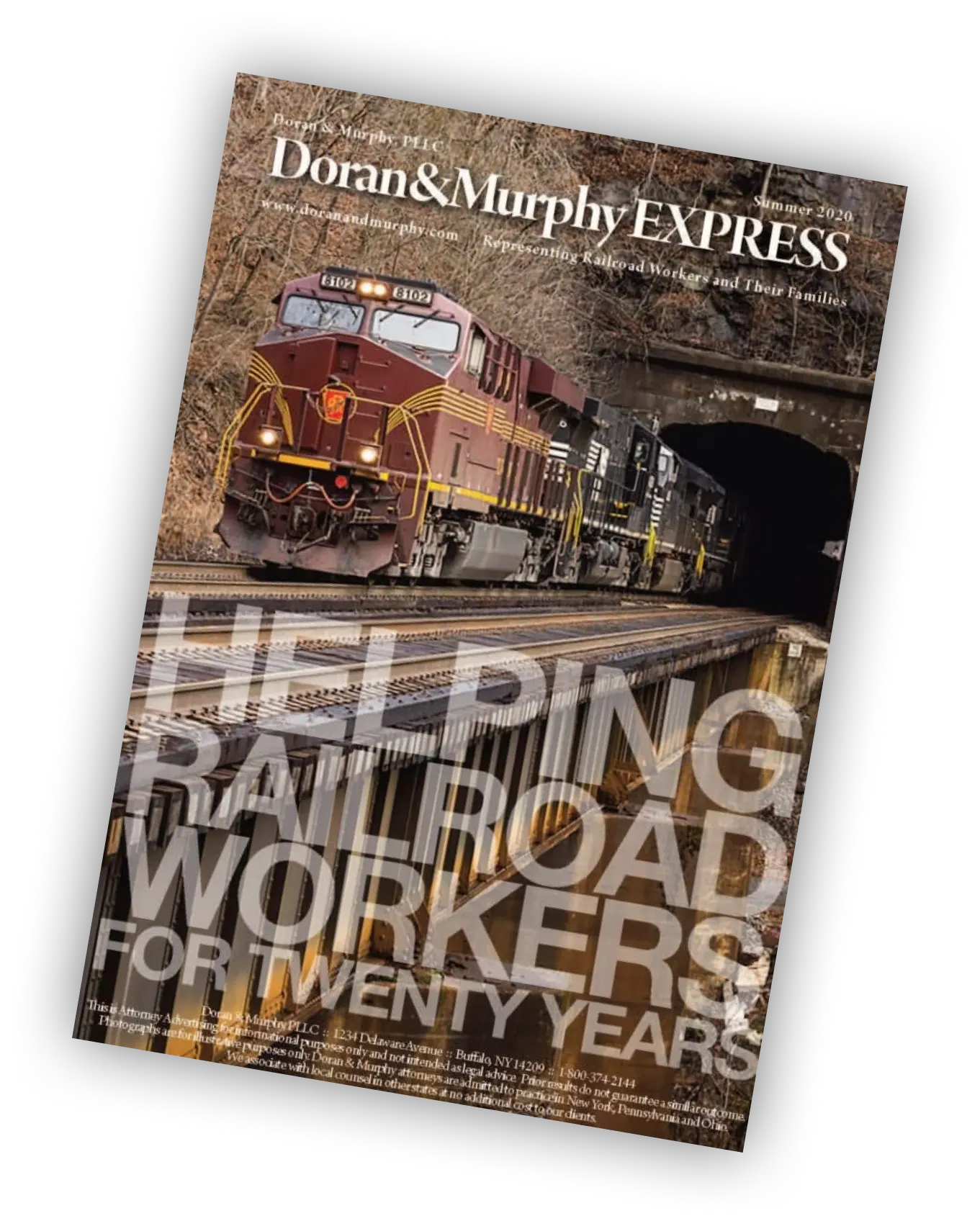
Any railroad brakeman or conductor will tell you that there can be a huge difference in the amount of force necessary to operate any given hand brake on a railroad car. When hand brakes are properly maintained and lubricated, they are much easier to set and release. On the other hand, when hand brakes are not properly maintained, they can cause serious, and even career-ending injuries. The significant risks of injury are greatly increased by the fact that railroad workers are often required to set and release such a large number of hand brakes every day.
A prior blog has addressed the special protections that railroad workers have when they are injured from hand brakes because of a railroad safety law known as the Safety Appliance Act. The Safety Appliance Act imposes absolute liability on the railroad for hand brakes that fail to operate properly, which means the railroad carrier must pay injured railroad workers for any past and future lost wages, medical bills and, most importantly, their pain and suffering caused by their injury. While the railroad often tries to blame the injured worker for getting hurt, the Safety Appliance Act prohibits the railroad from shifting blame to the worker who gets hurt while operating a defective hand brake — in other words, the railroad must pay 100% of the damages incurred by the injured railroad worker. The important thing is that the Safety Appliance Act requires that every railroad car have “efficient hand brakes.” This means that the railroad can be responsible for violating this law even in those situations where railroad management conducts a self-serving inspection of the hand brake after the injury and finds no defects in the hand brake!
Over the last twenty-five plus years, our railroad injury lawyers have seen just about every type of hand brake injury you can imagine:
- Frozen hand brakes that are unable to be freed
- Hand brakes that are operating properly and then suddenly stop or “seize up” without warning
- Brake sticks that snap or break while being used
- Hand brakes that slip and break loose unexpectedly
Each of these scenarios can create a situation that no railroad conductor or brakeman wants to find themselves in — a serious injury that affects their ability to earn a living and provide a paycheck for themselves and their family. The most common injuries include:
- Shoulder injuries, such as torn rotator cuffs, torn labrums, SLAP tears, etc.
- Wrist injuries, such as severe sprains and tendonitis
- Neck injuries, including disc herniations
- Back injuries, including disc herniations
If you have been injured while using a railroad hand brake or brake stick, call the railroad injury lawyers at Doran and Murphy at 1-800-374-2144 or email us here! We have the experience to successfully handle railroad injury cases and have decades of experience in protecting the rights of railroad workers and their families!





